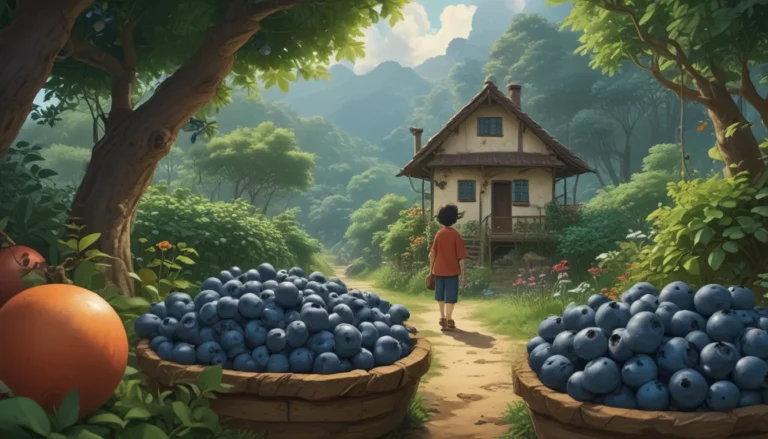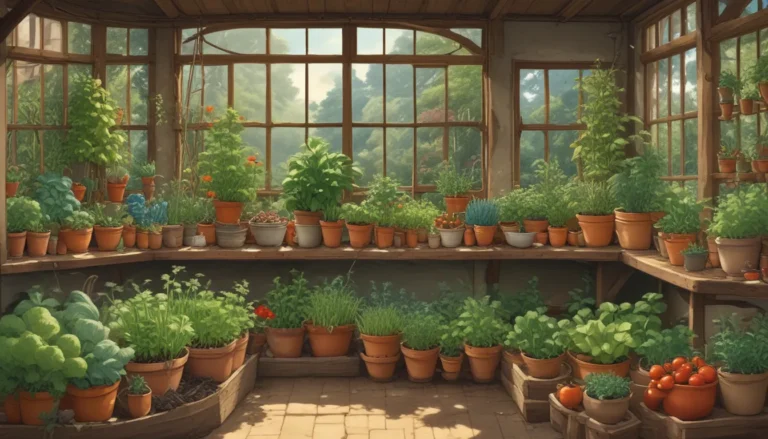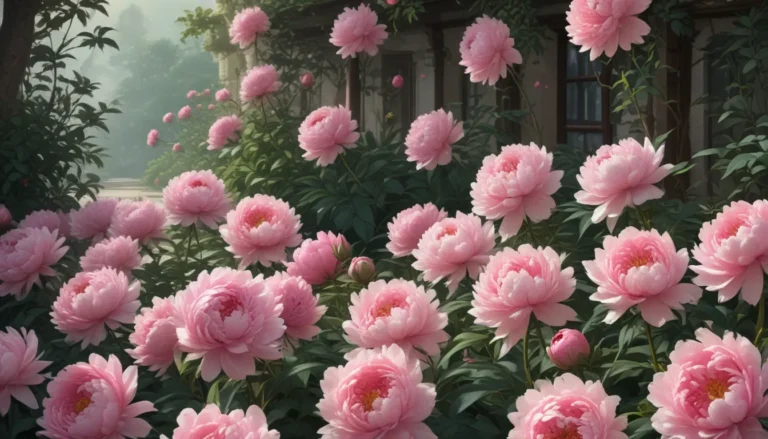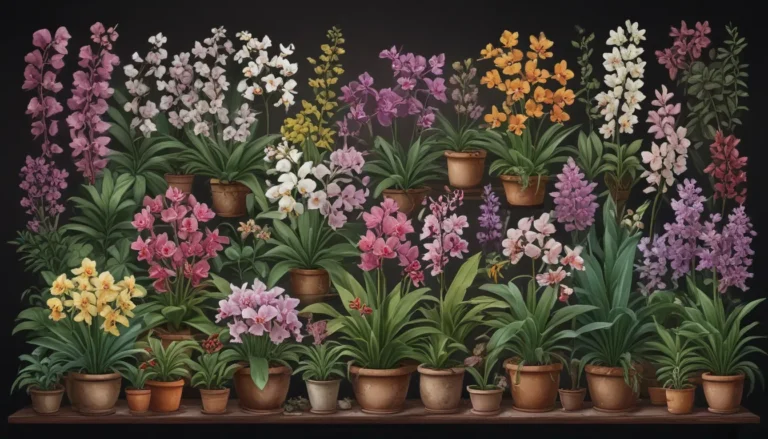Unlocking the World of Edible Flowers
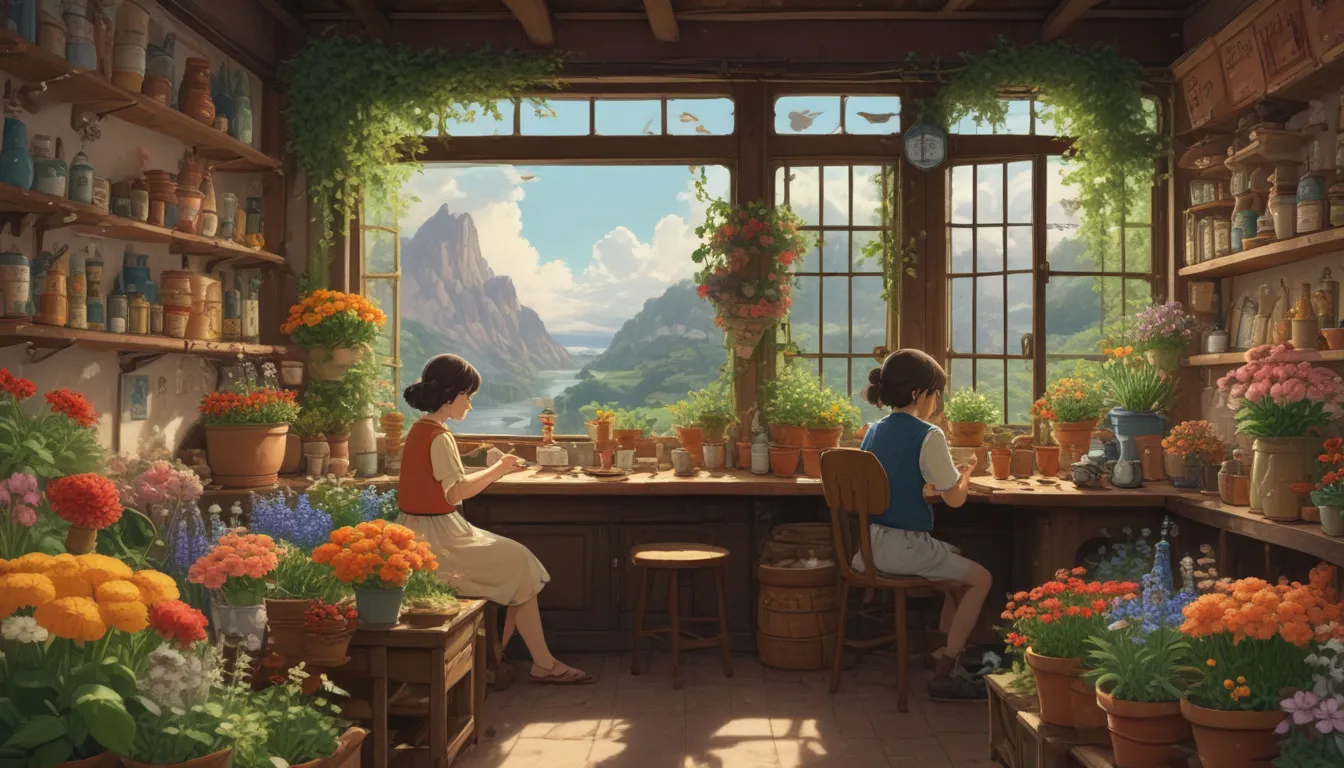
Are you someone who appreciates the beauty of flowers not only as a visual treat but also as a delightful addition to your culinary creations? If so, you’re in for a treat! Monica Nelson’s book “Edible Flowers: How, Why, and When We Eat Flowers” is a treasure trove of information on over 100 different types of flowers that can be used to adorn dishes and add unique flavors.
As you immerse yourself in the colorful splendor of edible blooms showcased in this book, you’ll find yourself considering a whole new world of possibilities in your garden and kitchen. With full-color photographs and contributions from various food and art luminaries, Nelson’s book is not just a guide but an experience that will leave you inspired to explore the world of floral cuisine.
Edible Flowers: A Look Inside
Let’s take a closer look at what you can expect to find within the pages of “Edible Flowers” by Monica Nelson:
- First Impressions: Dive into the world of edible flowers and discover how this book can become a cherished addition to your collection.
- Author and Contributors: Learn more about Monica Nelson and the talented individuals who have contributed to this book.
- Section by Section: Explore the introduction, core coverage, cooking with flowers, back matter, unusual edible flower selections, and closing thoughts.
First Impressions
From the moment you open the pages of “Edible Flowers,” you’ll be captivated by the stories shared within. With bookmarks quickly finding their way onto its pages and a permanent spot on your nightstand, this book is sure to become a source of both information and entertainment.
As you delve into the 250+ pages of “Edible Flowers,” you’ll discover a wealth of knowledge about a wide array of edible blooms. From common varieties to more unusual selections, Nelson’s book will open your eyes to the endless possibilities of incorporating flowers into your meals.
Author and Contributors
Monica Nelson’s passion for creating an immersive experience shines through in every page of “Edible Flowers.” With stunning photography by Adrianna Glaviano and contributions from 30 talented individuals, this book is a collaborative masterpiece that brings together the worlds of art, food, and nature.
Section by Section
- Introduction: Discover the fascinating history of edible flowers and get expert advice on how to safely incorporate them into your diet.
- Core Coverage: Explore detailed descriptions of over 100 edible flowers, complete with botanical and culinary information.
- Cooking with Flowers: Delve into a collection of recipes that showcase the diverse ways in which flowers can be used in cooking.
- Back Matter: Navigate through helpful indices, additional resources, and a heartfelt message from the author.
Unusual Edible Flower Selections
While you may be familiar with popular edible flowers like borage and nasturtiums, “Edible Flowers” introduces you to a whole new world of culinary delights. From bougainvillea to lotus, each entry in the book offers a unique perspective on how flowers can be incorporated into your cooking.
Here are a few selections that caught my eye:
- Bougainvillea: Transform this ornamental vine into a refreshing tea or add its colorful bracts to your dishes for a vibrant touch.
- Kudzu: Explore the culinary possibilities of this invasive vine and discover how its flowers can be used in jelly, sorbet, or savory dishes.
- Lotus: Embrace the mystical beauty of lotus flowers by deep-frying them or turning them into jelly for a truly unique culinary experience.
- Tulip: Experience the bright flavors and textures of tulip petals, which can serve as elegant containers for dips and spreads.
Closing Thoughts
While “Edible Flowers” is a comprehensive guide to incorporating flowers into your meals, it’s not without its minor flaws. From the readability of recipe pages to the clarity of safety information, there are a few areas that could use improvement. However, these shortcomings are overshadowed by the wealth of anecdotes, trivia, and recipes that make this book a joy to read.
In conclusion, “Edible Flowers” is a must-have for anyone with a passion for culinary exploration and a love of flowers. Whether you’re a seasoned floral foodie or a beginner looking to dip your toe into this fascinating world, Nelson’s book offers something for everyone.
So, are you ready to embark on a journey through the world of edible flowers? Pick up a copy of “Edible Flowers” today and let your culinary creativity bloom!
